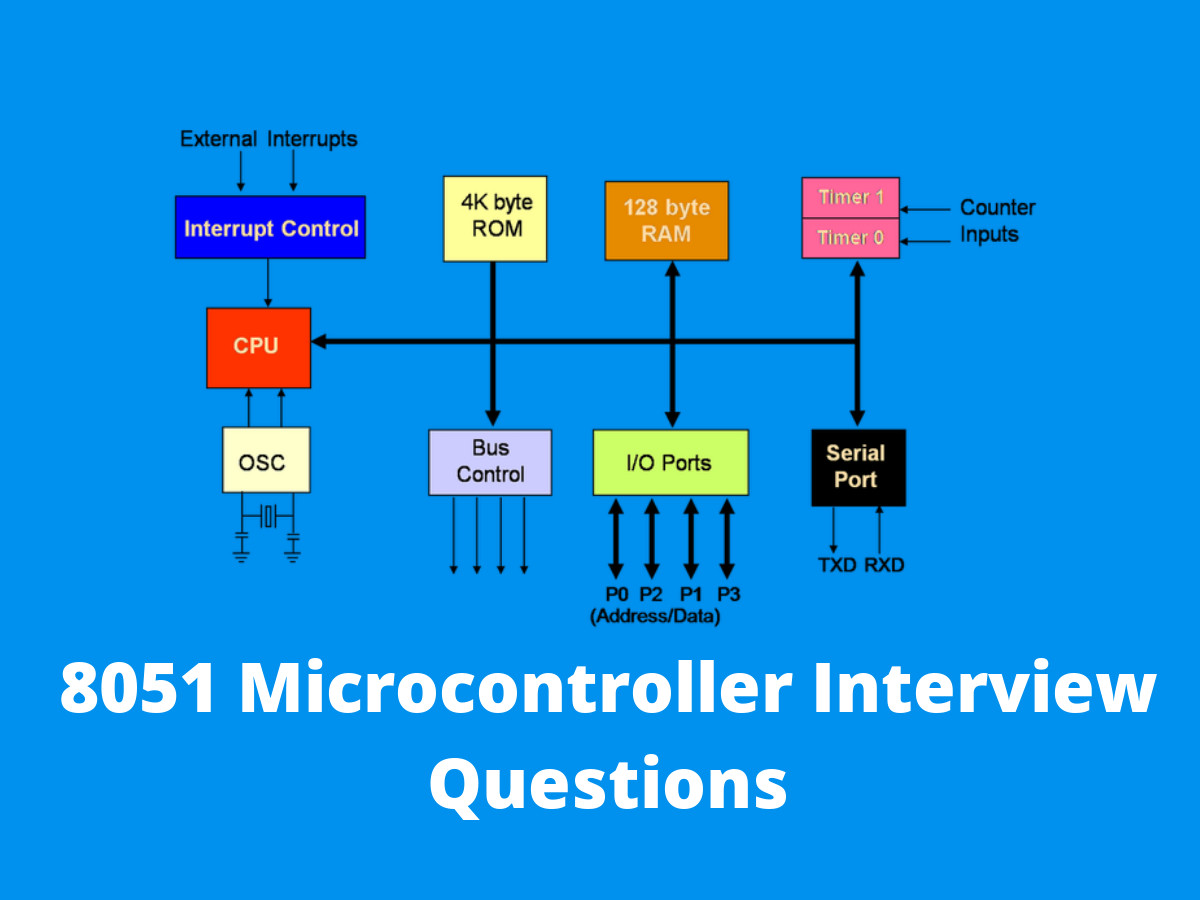What is 8051 Microcontroller?
The 8051 microcontroller is a general-purpose, 8-bit microcontroller. It was originally developed by Intel in 1980. It is based on the original 8048 microcontrollers and designed to be compatible with most of the instruction set and pinout of the 8048. Nowadays, It is one of the most popular microcontrollers and is used in a wide variety of applications, including industrial control systems, consumer electronics, and automotive systems. It has an on-chip ROM, RAM, timers, counters, serial communication interfaces, and I/O ports, and can be programmed in assembly or C language.

